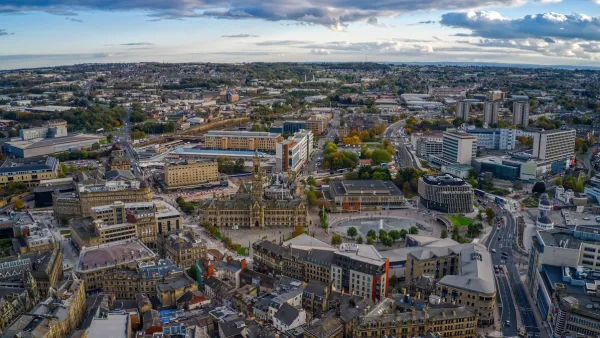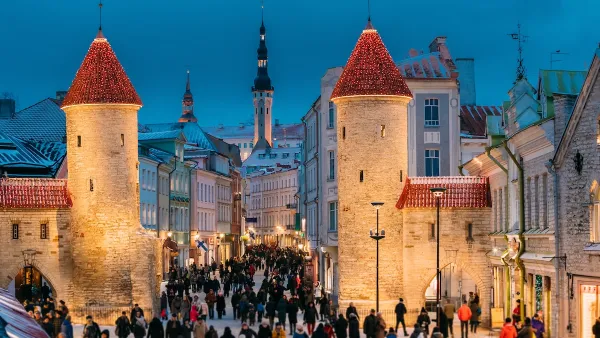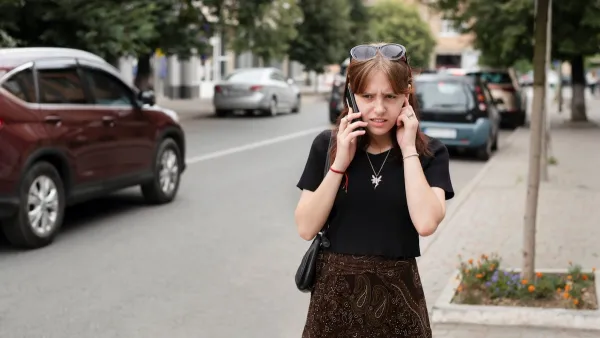Giovanna Borasi & Mirko Zardini examine the state of pervasive anxiety afflicting the urban populations of the West and how "medicalization" and an ambition for total well-being are effecting architecture and urban planning.
Tracing the historical intersection of architecture, planning, and health from the impetus for zoning controls and the development of public parks ("green lungs") during the 19th and 20th centuries onwards, the authors demonstrate that the medicalization of the field is not a new affliction.
In contemporary discourse, the desire to "green" every surface is the medicine by which designers seek to heal the built environment. "The presence of green is seen as an antidote to problems caused by an urban lifestyle, increasingly considered "unnatural" and therefore harmful."
As we increasingly seek to make our cities and buildings more healthy ("a healthy building should be made of suitable materials with low volatile organic compounds, and be equipped with an adequate ventilation system"), we have also tasked them with making us healthy, by "training us to adopt healthy behaviors."
In cities, "new tools and approaches to urbanism [walking, using public transit, riding a bicycle, growing food through vertical farming and other urban agriculture techniques] demonstrate that the city is not only a place of concentrated social, environmental and health problems, but also an instrument of well-being."
In this environment, the authors see value in de-medicalizing architecture and planning, with the aim of "allow[ing] the discipline to escape the ambiguity and moralism of contemporary ideas of health by taking both problems and solutions out of the realm of individual commitment and restoring them more appropriately to the larger sphere of social surroundings. In this way, it might be possible to recover one's capacity to be critical with respect to public health policies; to take part in the debate while renouncing the allegedly rational, scientific solutions prescribed by a medical idea of health."
FULL STORY: Demedicalize Architecture

Analysis: Cybertruck Fatality Rate Far Exceeds That of Ford Pinto
The Tesla Cybertruck was recalled seven times last year.

National Parks Layoffs Will Cause Communities to Lose Billions
Thousands of essential park workers were laid off this week, just before the busy spring break season.

Retro-silient?: America’s First “Eco-burb,” The Woodlands Turns 50
A master-planned community north of Houston offers lessons on green infrastructure and resilient design, but falls short of its founder’s lofty affordability and walkability goals.

Test News Post 1
This is a summary

Analysis: Cybertruck Fatality Rate Far Exceeds That of Ford Pinto
The Tesla Cybertruck was recalled seven times last year.

Test News Headline 46
Test for the image on the front page.
Urban Design for Planners 1: Software Tools
This six-course series explores essential urban design concepts using open source software and equips planners with the tools they need to participate fully in the urban design process.
Planning for Universal Design
Learn the tools for implementing Universal Design in planning regulations.
EMC Planning Group, Inc.
Planetizen
Planetizen
Mpact (formerly Rail~Volution)
Great Falls Development Authority, Inc.
HUDs Office of Policy Development and Research
NYU Wagner Graduate School of Public Service




























